Due to a February trip to Nicaragua for some tarpon and bass fishing, my annual synopsis of the annual meeting of the International Pacific Halibut Commission (IPHC) and halibut fishing regulations got delayed. It had been two years since my last trip to fish the Rio San Juan and was it ever a great trip. I highly recommend San Carlos Sport Fishing (La Esquina Del Lago). My fishing buddy and I each caught and released three tarpon and lost another six. The largest was 160 pounds and a slightly smaller one took over four hours to get it to the boat.
It was an interesting meeting this year with some specific recommendations impacting halibut fishing in SE Alaska. This was the ninety-first annual meeting of the IPHC which ended January 30, 2015 in Vancouver, British Columbia.
The IPHC recommended to the governments of Canada and the United States catch limits for 2015 totaling 29,223,000 pounds. The IPHC recommended area-specific catch limits for 2015 that were higher than 2014 in most of its management areas except Area 3B, where catch limits were reduced, and Areas 4B and 4CDE where catch limits remained at the same level as in 2014.
The Area 2C commercial fishery allocation will be 3,679,000 pounds for the commercial fishery catch. Guided sport fishing will have a catch limit of 851,000 pounds. The 2C area combined commercial and sport catch limit for 2015 will be 11.8% higher than 2014. However, per the IPHC recommendations, both catch limits include allowances for discard mortality or wastage. The IPHC is responding to stock challenges with a risk-based precautionary approach and a review of the current harvest policy to ensure the best possible advice. Their assessment indicated that the Pacific halibut stock has declined continuously from the late 1990s to around 2010. This trend is estimated to have been a result of decreasing size at age. In recent years, the estimated female spawning biomass appears to have stabilized near 200 million pounds. Overall, prediction models project a stable halibut biomass in the next 3 years at current harvest rates. The IPHC recommended a more precautionary approach to catch limit recommendations for Areas 3A and 3B relative to Areas 2A, 2B, and 2C. Total charter catch and wastage in Area 2C exceeded the 2014 charter allocation by about 109,677 lbs or 14 percent. So the method used to forecast harvest for 2015 was changed to better account for trends, and therefore the harvest forecast for 2015 is higher than the preliminary estimate for 2014.
The Commission received a request from the NPFMC to adopt charter halibut sector management measures in accordance with the NMFS CSP for Areas 2C and 3A. For 2015, the IPHC recommended a management measure that prohibits a person on board a charter vessel fishing in Area 2C from taking or possessing any halibut, with head on, that is greater than 42 inches (107 cm) and less than 80 inches (203 cm), as measured in a straight line, passing over the pectoral fin from the tip of the lower jaw with mouth closed, to the extreme end of the middle of the tail. This type of restriction is referred to as a ‘‘reverse slot limit.’’ The 2014 reverse slot limit prohibited retention by charter anglers of halibut that were greater than 44 inches (112 cm) and less than 76 inches (193 cm). What does this mean for 2015 in terms of the weight of your fish? You can retain a halibut with a round weight up to 34.6 pounds, which is down from 40.1 pounds, and one halibut weighing over 234 pounds. These size limits do not affect sport (unguided) fisherman on their own or rented boats or bareboat charters.
The Commission approved changes to the IPHC regulations for Areas 2C and 3A to mirror the U.S. federal regulations for sport fishing guide services, which were recently revised to align with State of Alaska regulations, and made additional changes to clarify regulations as requested by NMFS. These changes include the following:
- Remove the requirement that a charter vessel guide be on board the same vessel as the charter vessel angler, in order to be designed as providing sport guide services. Anglers who receive assistance from a compensated guide will be required to follow charter fishing regulations, and the harvest is to be counted within the charter allocation.
- Clarification that the charter guide shall be liable for any violations of IPHC Regulations by an angler, whether on board the same vessel or not
- A requirement that all retained halibut are to remain on the vessel on which they are caught until the end of the chartered fishing trip
- Removing the requirement from the IPHC Regulations to retain the filleted carcass on board the vessel until all fillets are off-loaded. This requirement appears in federal regulations and is no longer necessary in the IPHC management measures, but it will be noted in the annual IPHC Regulations document for the convenience of anglers.
For further information please check the following websites:
NOAA Fisheries: http://alaskafisheries.noaa.gov
Alaska Fish & Game: http://www.adfg.alaska.gov
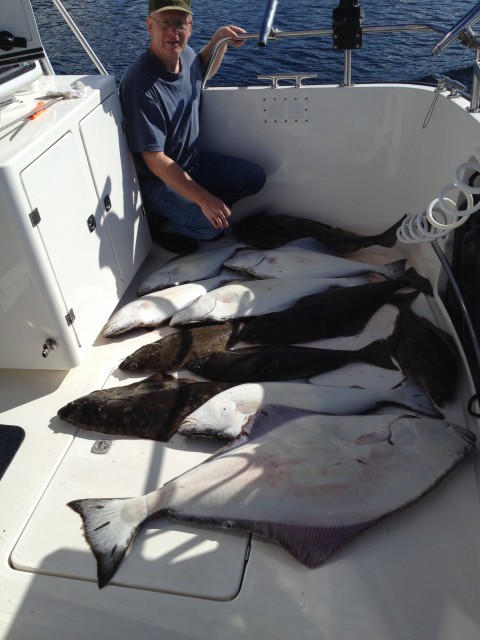

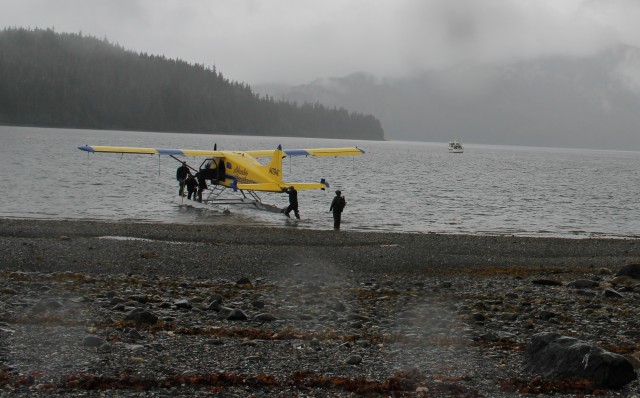
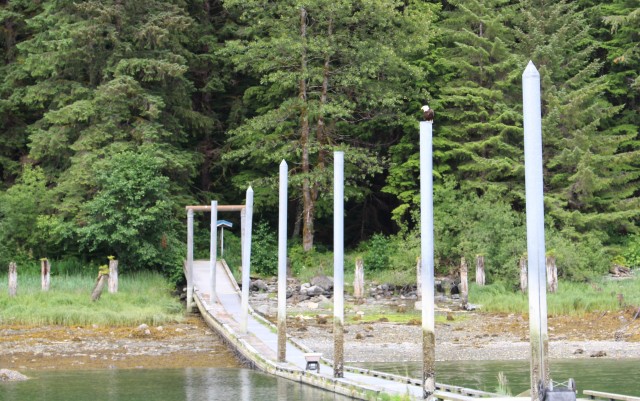
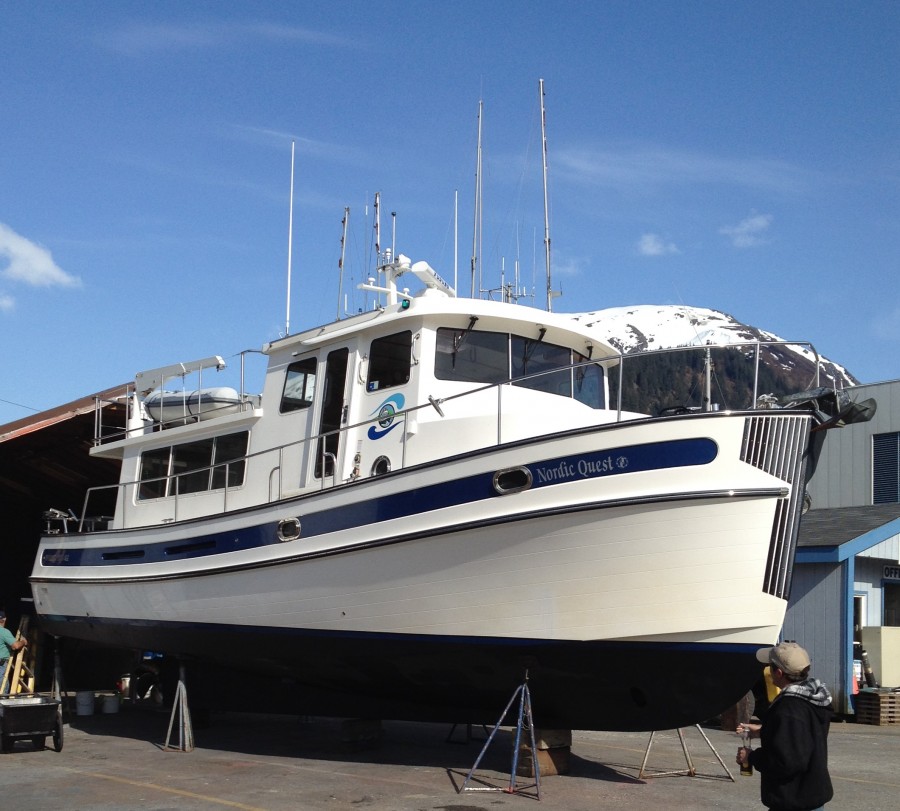 In two weeks, the Nordic Quest comes out of dry storage at Anacortes and will be provisioned for her trip north to Juneau. My crew is excited about our spring trip and we have lots of adventure planned along the route plus some serious halibut and king salmon fishing once we reach Alaskan waters.
In two weeks, the Nordic Quest comes out of dry storage at Anacortes and will be provisioned for her trip north to Juneau. My crew is excited about our spring trip and we have lots of adventure planned along the route plus some serious halibut and king salmon fishing once we reach Alaskan waters.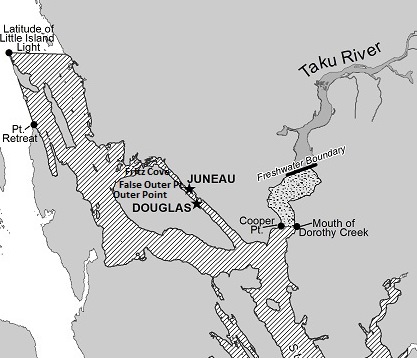 In recent years, the bag limit has been relaxed later in the season for an area referred to as the Juneau Terminal Harvest Area (THA). This area experiences a high concentration of returning hatchery kings and chums because of two local hatcheries and several smolt release points. Fritz Cove is within this area on the north end and on the south end, in Gastineau Channel, the THA boundary is a quarter mile south of the old DuPont Dock (eastside). This area can also be a good producer. Any changes to hatchery king salmon regulations for the THA will be released in late May. Also take note that the upper reach of Taku Inlet is closed to king salmon fishing north of a line from Cooper Point to the mouth of Dorothy Creek.
In recent years, the bag limit has been relaxed later in the season for an area referred to as the Juneau Terminal Harvest Area (THA). This area experiences a high concentration of returning hatchery kings and chums because of two local hatcheries and several smolt release points. Fritz Cove is within this area on the north end and on the south end, in Gastineau Channel, the THA boundary is a quarter mile south of the old DuPont Dock (eastside). This area can also be a good producer. Any changes to hatchery king salmon regulations for the THA will be released in late May. Also take note that the upper reach of Taku Inlet is closed to king salmon fishing north of a line from Cooper Point to the mouth of Dorothy Creek.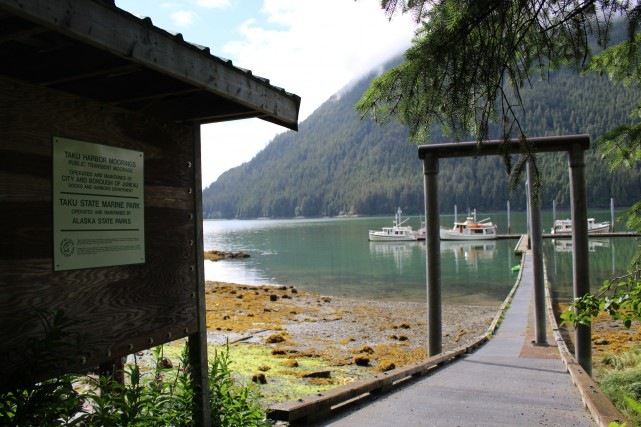
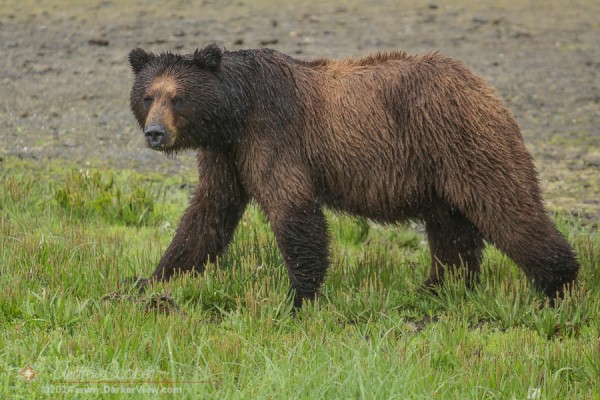
A SE Alaskan Plant to Admire but Avoid
Devil’s club, Oplopanax horridus, is a member of the family Araliaceae (which also contains the ginsengs) and is related to a number of widely known medicinals including Asian ginseng (Panax ginseng C.A. Meyer) and American ginseng (P. quinquefolius L). The plant is of great importance in traditional and contemporary Native American/First Nations cultures such as the Tlingit, Haida, Salish, and Tsimshian. It has been employed for a wide variety of uses, ranging from fishhooks and lures, to use of its charcoal for a base for tattoo ink. As a traditional medicine it had applications including treatment of sores, purification and cleansing, combating witchcraft and attainment of supernatural powers.
If you decide to that hike, leave the flip-flops on the aft deck and wear good jeans and a long sleeve shirt or raingear. Admire the plant, and if it is in bloom, take a deep breath of its intoxicating ginseng scent.